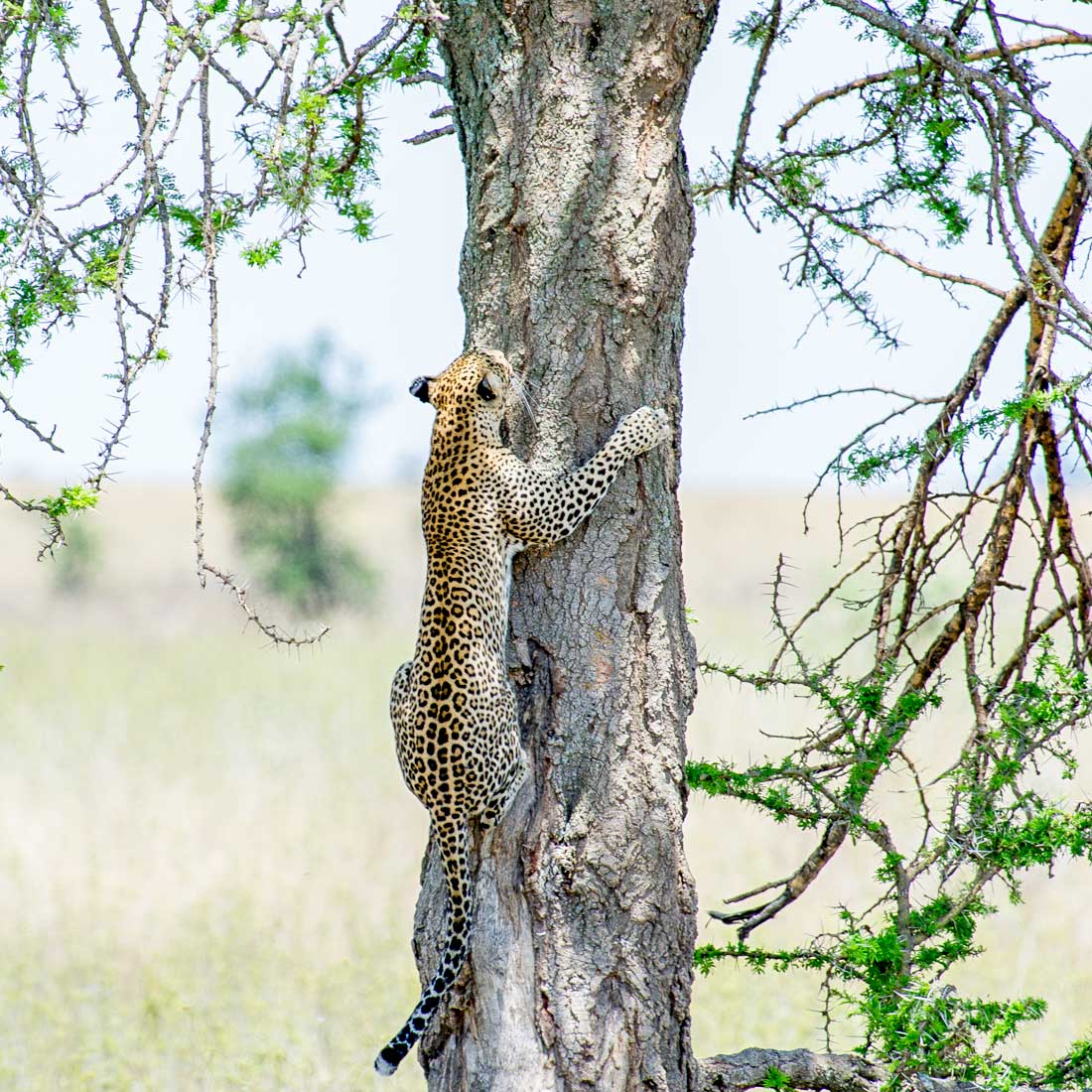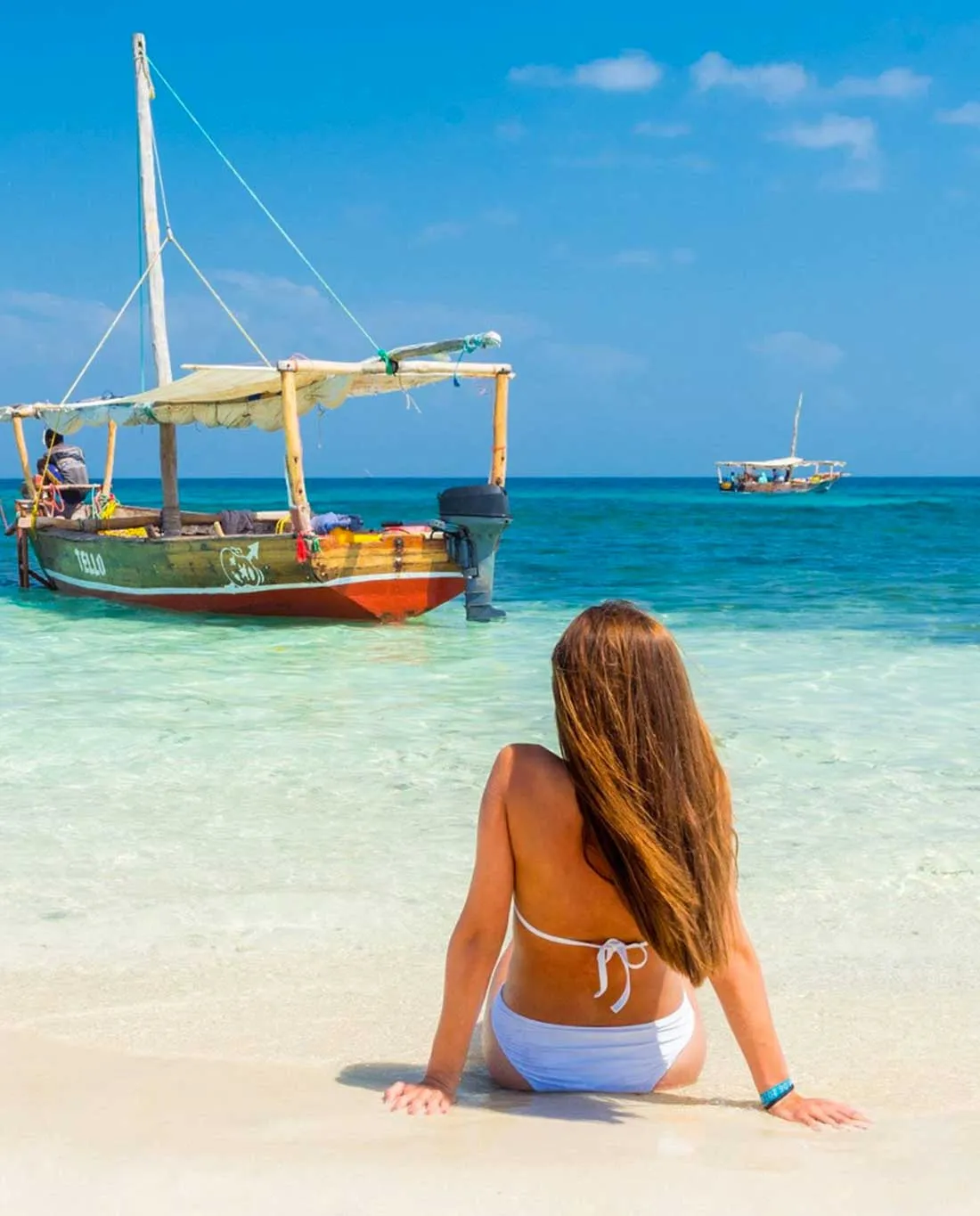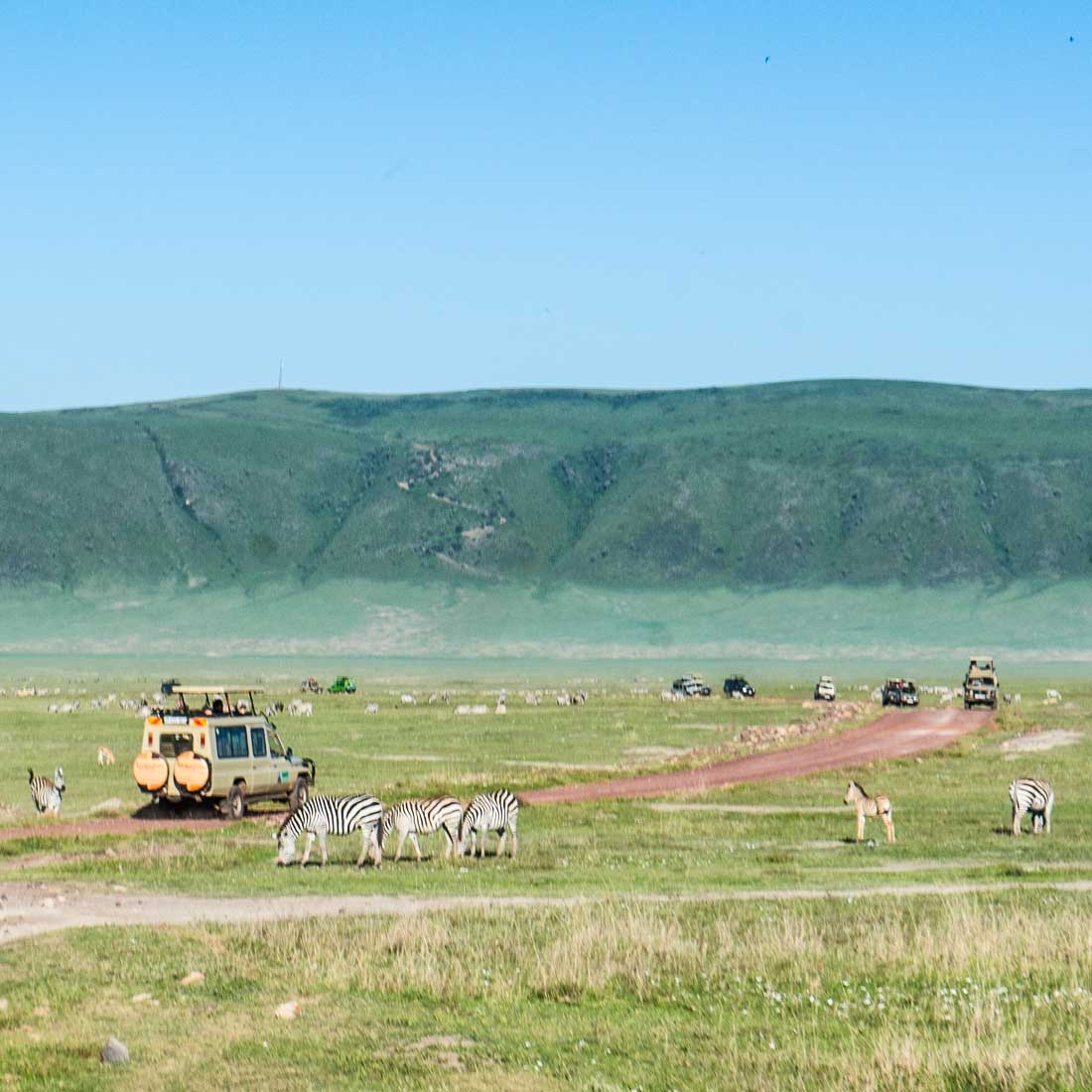Prepare Your Body for Africa’s Highest Peak
Climbing Mount Kilimanjaro is a non-technical trek, but it demands good physical fitness, mental stamina, and proper acclimatization. The summit at 5,895 meters (19,341 feet) is no small feat, and preparing your body ahead of time will greatly increase your chances of reaching Uhuru Peak successfully and safely.
This guide provides a detailed training plan and tips to help you get ready for your Kilimanjaro climb.
Why Training Is Important
Although Kilimanjaro doesn’t require climbing skills, it involves:
Daily hiking of 5–8 hours (up to 12 hours on summit night)
Steep ascents and descents
Trekking at high altitude with reduced oxygen
Endurance over 6–8 days of continuous walking
Proper training will:
Increase cardiovascular strength
Build muscle endurance
Improve balance and stability
Prepare your body for altitude
How Long to Train
Start training at least 8–12 weeks before your trek. If you’re starting from low fitness levels, 4–6 months of preparation is ideal.
Key Training Components
1. Hiking & Walking
Most important part of your training.
Hike or walk 3–5 times a week
Build up to 10–15 km (6–9 miles) in one session
Include elevation gains and descents
Use your daypack with 5–7 kg (10–15 lbs) to simulate trek conditions
2. Cardio Workouts
Build stamina with aerobic exercises:
Running or jogging (3–5 km sessions)
Cycling (30–60 minutes)
Swimming
Stair climbing
Aim for 30–60 minutes of cardio, 3–4 times per week.
3. Strength Training
Build endurance in legs, core, and upper body:
Squats, lunges, step-ups (for legs)
Planks, crunches, Russian twists (for core)
Push-ups, dumbbell rows (for upper body)
Do 2–3 strength sessions per week.
4. Flexibility & Balance
Stretching and yoga help prevent injury:
Include 15–20 minutes of flexibility training after workouts
Try yoga sessions focused on hips, back, and legs
Altitude Acclimatization Tips
You can’t train for high altitude at home unless you live in the mountains, but you can reduce risk of altitude sickness by:
Choosing longer Kilimanjaro routes (7–8 days recommended)
Walking slowly (“pole pole”)
Drinking 3–4 liters of water daily on the mountain
Using medication like acetazolamide (consult your doctor)
Training Hikes You Can Do
Weekend hikes in your country (with weight)
Climb local hills or mountains
Use stair machines or trails if you live in a flat area
Final Tips for Success
Wear the boots you’ll climb Kilimanjaro with during training
Train with your gear (daypack, layers)
Build mental endurance—summit day is long and challenging
Don’t overtrain—rest days are essential to avoid injury
Are You Ready for the Roof of Africa?
African Giant Adventures will support your climb with expert guides, high-quality equipment, and full acclimatization-focused itineraries. All you need to do is show up physically prepared.





